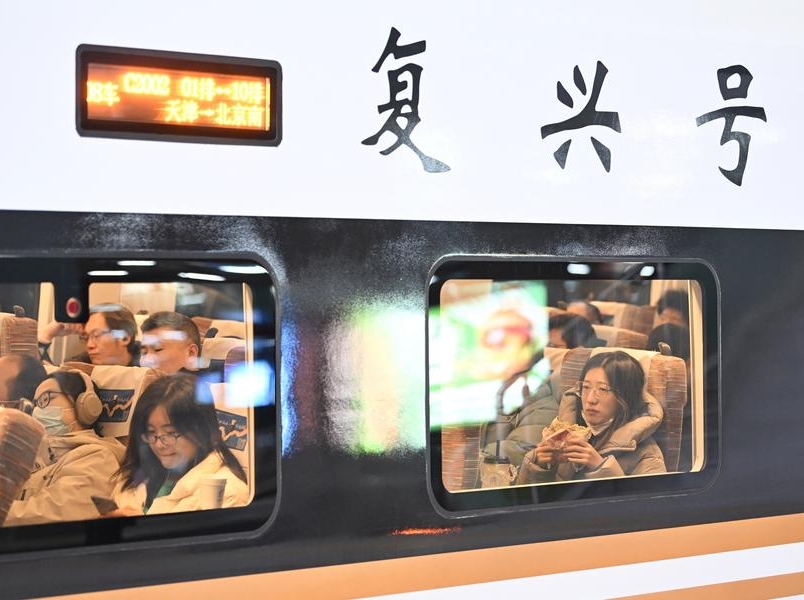| Business | • Top News | • Economy |
|
• Features & Analyses | • Video | • Laws and Regs |
Features & Analyses
February 18, 2025

- Xizang hits milestone in power use, clean energy
- Xizang autonomous region's power sector reached a historic milestone in 2024, with total electricity consumption soaring to 15.41 billion kilowatt-hours, a year-on-year surge of 13.93 percent.
February 18, 2025

- New consumption frontiers energize China's market vitality
- Global financial institutions are increasingly bullish on China's economic development, with multiple 2025 outlook reports highlighting the nation's accelerating transition to high-quality growth driven by a stronger consumer sector and service industry.
February 12, 2025

- AI summit calls for int'l efforts to establish open, inclusive governance framework
- France hosted the Artificial Intelligence Action Summit recently in a bid to establish a global artificial intelligence (AI) governance framework that is both inclusive and efficient.
February 11, 2025

- China accelerates reform of renewable power pricing
- China is accelerating the market-oriented reform of its renewable power pricing system in a bid to build a new power system and promote the sustainable development of renewable energy generation.
February 6, 2025

- China's winter economy snowballing as sports event, cultural tourism fuel public passion
- With its ambitious plans and growing public enthusiasm, China's winter economy is poised to become a cornerstone of its cultural and economic landscape.
January 26, 2025

- Cost-effective drones soar to popularity across China
- China's low-altitude economy, comprising both manned and unmanned aerial vehicles, has been gaining momentum.
January 16, 2025
- Snow town: How skiing transformed a Chinese town
- Beidahu, China: Where pristine powder snow fuels rural transformation! In China's golden snow belt, this once-quiet town has emerged as Asia's emerging premier ski destination. With world-class facilities and authentic local charm, Beidahu shows how winter sports can revitalize a region.
January 10, 2025

- Chinese display technologies draw crowds at CES 2025
- Chinese display technologies have claimed center stage both at the Consumer Electronics Show (CES) and in the global market in recent years.
January 6, 2025

- Record-breaking travel reveals China's strengthened economic vitality
- China witnessed a remarkable surge in both rail and air travel in 2024, fueled by vigorous economic activities and robust consumer spending.
December 30, 2024
- Chinese NEVs scale new heights amid green shift, tech advancements
- Despite facing challenges, China's new energy vehicle (NEV) manufacturers have made significant strides in 2024 and are poised to gain continued momentum as carbon reduction targets drive global demand for clean-energy vehicles.


